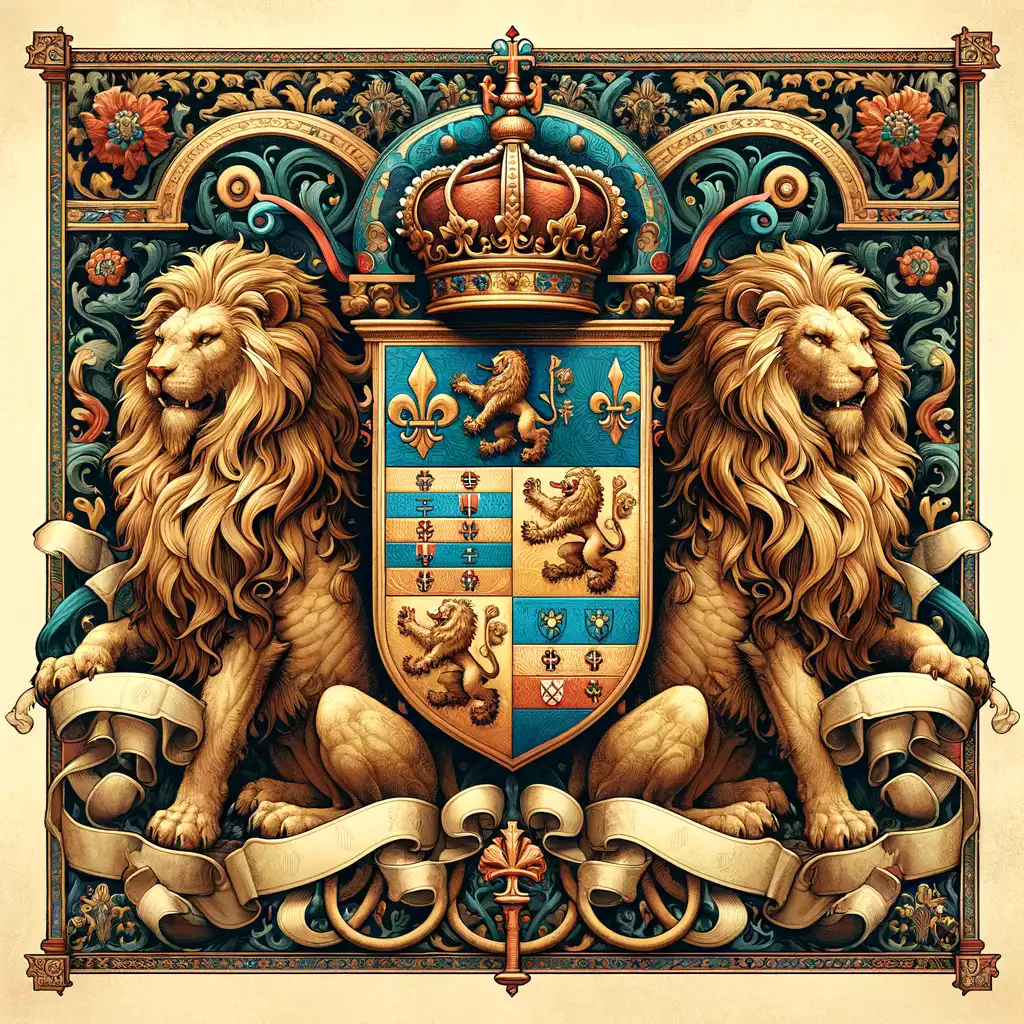Wild Royalty Begins

Royal Traits: Behaviour
From their intricate social dynamics to their impressive hunts, we will dive into the lives of these majestic felines, uncovering their secrets, curiosities, and the vital role they play in the ecosystems they inhabit.
In History and Culture

Footprints of the Past:
Tracing the Records

Kings in Transition:
The Fascinating Evolution of Lions

Ancient Majesty:
The Perception of Lions in Antiquity

Lions in Heraldry:
Symbols of Power and Nobility Throughout History
Lion Legends: Epic Tales of Wild Lion Life
From ancestral stories passed down through generations to contemporary tales that transport us to exotic places, in this section, you’ll find a unique collection of narratives celebrating the grandeur and fascination lions evoke in the human imagination. Get ready to be enveloped by the magic of “Lion Legends,” where each story is a journey through the jungle and time, guided by the mighty roar of these magnificent felines.
Breeds or Subspecies?
Lions are generally classified not by “breeds,” but rather by subspecies, which differ in terms of their geographical location, physical characteristics, and some unique behaviours. Moreover, lion conservation is crucial, as many subspecies are threatened by habitat loss, poaching, and conflicts with humans. Here are some of the most well-known subspecies:
African Lion
Asiatic Lion
Barbary or Atlas Lion
West African Lion
Kruger Lion
African Lion
Asiatic Lion
Barbary or Atlas Lion
West African Lion
Kruger Lion
African Lion
Asiatic Lion
Barbary or Atlas Lion
West African Lion
Kruger Lion
Live Your Own AI Experience
With our innovative tool, you can create a photo that captures the essence and grandeur of lions right next to you, without leaving your home. Are you ready to explore the power of technology and bring home an image that reflects your fascination with the kings of the jungle? Keep reading to find out how to make it possible!
Want more than just a photo?
Living the lion experience through video is also possible.
